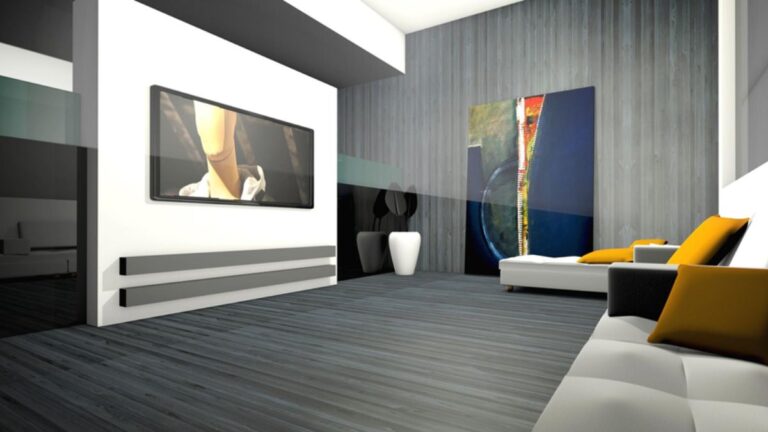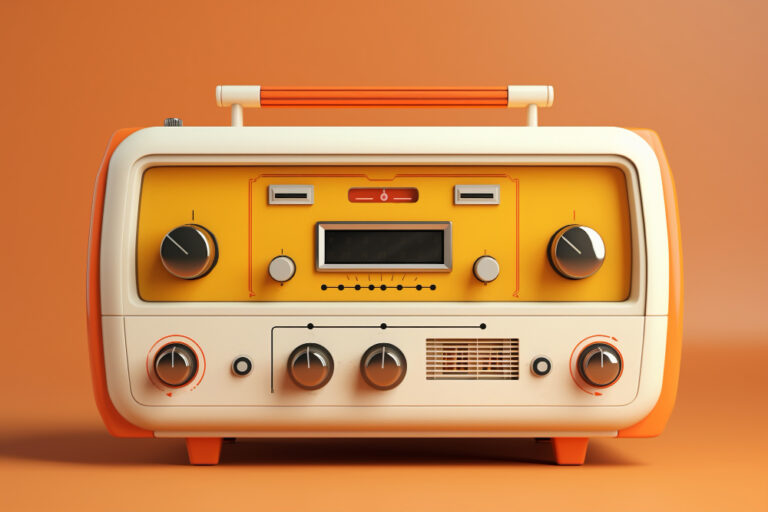Innovative Applications of Direct-to-Film Printing Technology
Introduction to DTF Printing
Direct-to-film (DTF) printing is a relatively new player in the field of textile printing, offering capabilities that set it apart from traditional methods. Users can apply highly detailed and colorful artwork directly onto various materials with a DTF printer. This method eliminates the usual constraints of fabric type and garment pretreatment, making DTF particularly attractive to those seeking flexibility in their design process. Whether you are a small business owner or a graphic artist, DTF expands the potential for creativity, allowing for seamless integration between design and execution.
How DTF Technology Works
The core of DTF technology lies in its innovative printing process. It begins with a digital design, printed onto a specific DTF transfer film rather than directly onto the substrate. The printed film is then coated with a powdered adhesive, a step crucial for ensuring the design adheres firmly to the intended surface. This prepared transfer film is then pressed onto the fabric using heat, which activates the adhesive and permanently sets the ink into the material. This multi-layered approach enables creators to achieve prints with superior clarity and precision, suitable for detailed illustrations and complex patterns that traditional screen printing or DTG (Direct-to-Garment) might struggle to reproduce.
Advantages of DTF Printing
DTF printing offers several advantages, including enhanced color vibrancy, long-lasting designs, and resistance to fading and cracking. It captures the full spectrum of colors, allowing designs to pop with intensity and subtle gradations. This makes it particularly beneficial for products with visual impact. DTF technology embeds inks directly into the film before transferring, preserving the original colors. Additionally, DTF prints are resistant to fading and cracking due to the adhesive powder used in the process. This durability extends the lifespan of customized garments and enhances the wearer’s experience, ensuring vibrant designs remain as vivid as the day they were created.
Applications of DTF in Fashion and Apparel
DTF has marked its place in the fashion industry by facilitating the creation of custom apparel that can be both fast-produced and tailored to fit individual preferences. Designers appreciate how DTF allows on-demand production, reduces stock waste, and enables quick adaptation to market trends. Whether for limited edition pieces or personalized gifts, DTF gives fashion entrepreneurs a competitive edge. From high-street retailers to bespoke boutiques, the potential applications are vast, with possibilities spanning from intricate patterns on dresses to branded team uniforms.
DTF Printing Beyond Clothing
The applications of DTF printing extend far beyond clothing. Home decor items, such as cushions and curtains, can be customized to match the unique aesthetic of any space, offering homeowners a chance to personalize their surroundings effortlessly. Additionally, marketing industries have capitalized on DTF printing to create promotional materials and branded merchandise. Items like tote bags, caps, and banners can be printed with complex designs that attract and engage customers, demonstrating DTF’s flexibility across different product categories.
Environmental Impact of DTF Printing
As environmental consciousness grows across industries, DTF printing is recognized for its eco-friendly nature compared to other printing methods. The absence of excess water usage and reduced chemical discharge during the film coating process contributes significantly to a lower ecological footprint. Furthermore, DTF’s capability to produce exact print runs minimizes waste, promoting sustainable production practices. This alignment with eco-friendly initiatives makes DTF an attractive choice for companies striving to reduce their environmental impact while maintaining high-quality output.
Tips for Getting Started with DTF
For those new to the world of DTF, the initial setup might seem daunting, but with the right approach, it can be a seamless transition. Start by investing in reputable equipment, including a DTF printer and transfer films. Small-scale projects can provide a valuable learning curve, allowing you to experiment with various designs to learn the nuances of the transfer process. Practicing with different materials and experimenting with the heat press settings can help achieve optimal results, paving the way for more extensive and complex projects as your skills and confidence grow.
Future Trends in DTF Printing
The future of DTF printing is set against a backdrop of technological innovation and creative exploration. As the demand for customized products rises, DTF technology is poised to meet these needs with adaptable and efficient solutions. Emerging trends suggest deeper integration with digital platforms, enabling streamlined workflows and increased automation in print production. Further advancements, as highlighted by industry forecasts, are likely to enhance DTF’s capabilities, cementing its role as a central tool in both personalized goods and mass-market printing industries alike. This evolution promises to redefine the boundaries of what can be achieved in printed designs.







